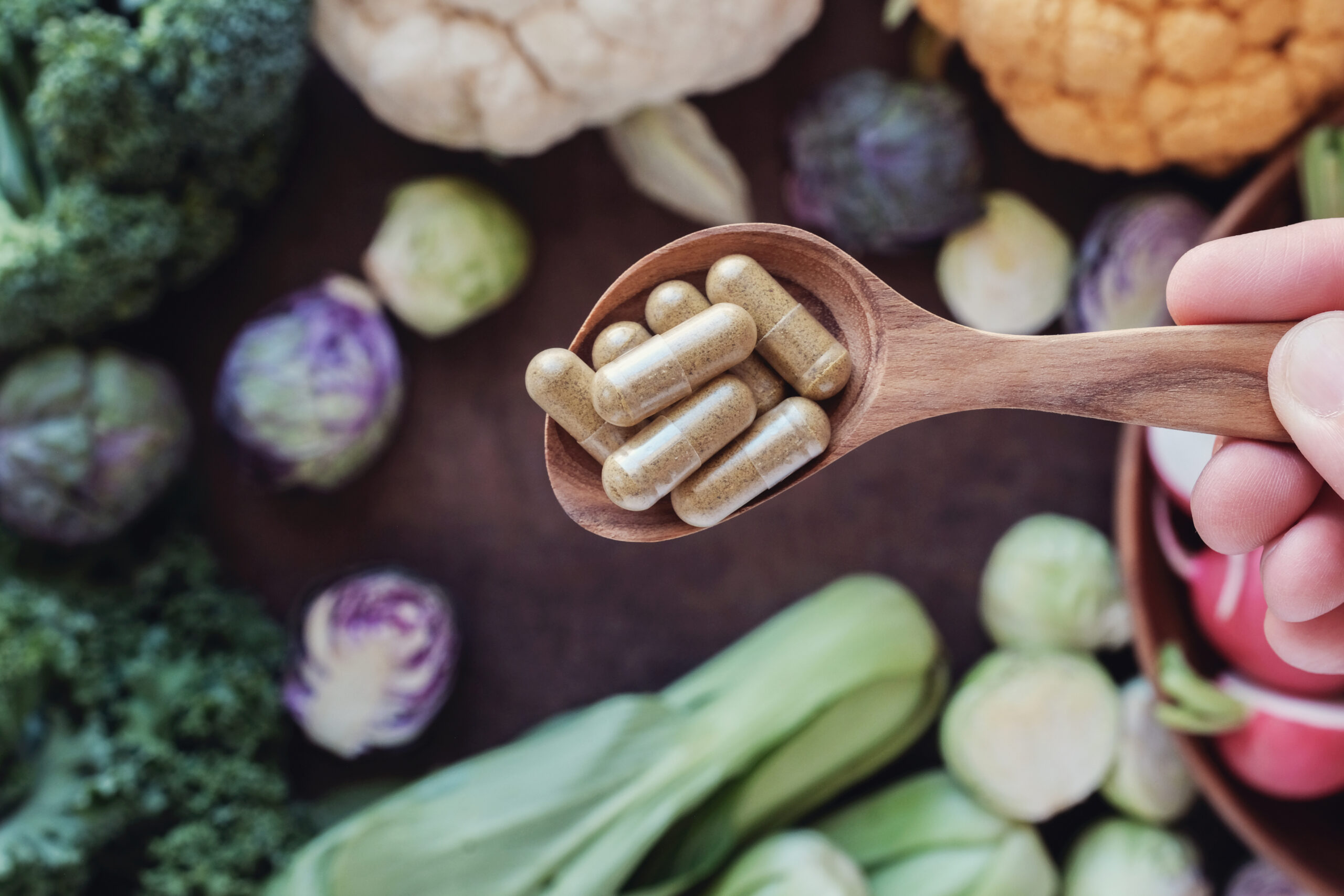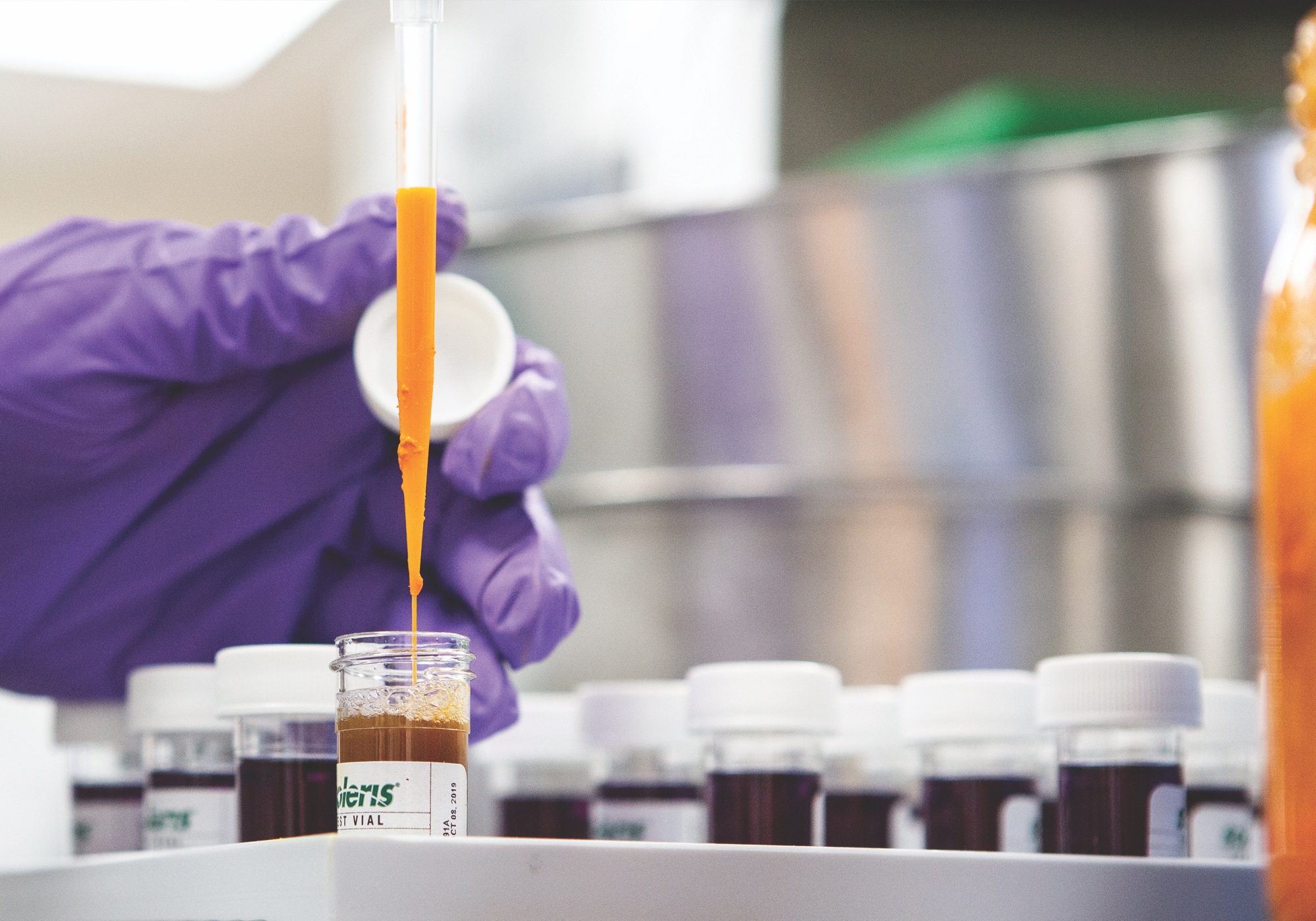Scientific name:Crataegus oxycantha Common name:Traditional Use: Berries, leaves, flowers and their extracts have been used for cardiac and circulatory disorders since the first century AD.In traditional Chinese medicine, fruits are primarily used to improve circulation, remove blood stasis, and treat indigestion, diarrhea, abdominal pain, hyperlipidemia, and hypertension. In Europe, the fruits, leaves, and flowers were traditionally used in the treatment of heart problems for their antispasmodic, cardiotonic, hypotensive, and antiatherosclerotic effects.Considered one of the best tonic remedies for cardiovascular system, and to act in a normalizing way by either stimulating or depressing cardiac activity based upon the need. Will reduce myocardial oxygen demand by increasing coronary blood flow, thereby protecting against myocardial damage. As a long-term treatment may be used safely in heart failure (cardiac insufficiency), coronary artery disease, palpitations, arrhythmias, hypertension, atherosclerosis, hypercholesterolemia, angina, and weakness of the myocardium after infectious disease or ischemia. Will play a role in any treatment of vessel or connective tissue problems including varicose veins, ulcers, and osteoporosis.Evidence Based Use: Clinical trials show hawthorne to be a safe and effective herb with a range of pharmacological effects. In particular, hawthorne can be used in the prevention and/or mitigation of cardiovascular diseases, have a beneficial effect on cardiac function, and is able to reduce cardiovascular risk factors, such as hypertension and thrombosis.Extract has demonstrated an ability to protect endothelial tissue and prevent its dysfunction, potentially reducing a pro-oxidant response which triggers the angiotensin system.
Constituents:
- Oligomeric proanthocyanadins (OPCs) & Anthocyanidins
- Flavonoids (kaempferol, quercetin, apigenin, luteolin, vitexin & rutin)
- Amines (phenylethylamine, tyramine, choline)
- Phenolic, carboxylic & triterpene acids (ascorbic, crategolic acid & ursolic acid)
- Triterpene saponins
- Tannins
Medicinal actions:
- Antioxidant
- Cardiac Tonic & trophorestorative (Anti-arrhythmic)
- Connective Tissue Tonic
- Diuretic
- Hypotensive
- Vascular Tonic
Mechanism of Action & Pharmacology:
- Oligomeric procyanidins are antioxidant, improve coronary circulation and have negative chronotropic & positive inotropic action on the heart.
- The resulting coronary vasodilation promotes decreased vascular resistance, hypotension, increased nutrition & energy stores to myocardial cells.
- Inhibition of phosphodiesterase (PDE) causes increased levels of cAMP in myocardial cells, thus prolonging the effective refractory period of the heart muscle, and also inhibits angiotensin converting enzyme.
- Flavonoids relax and dilate arteries and are highly antioxidant. Rutin specifically, improves integrity of blood vessels and capillaries.
- Anthocyanidins and Vitamin C work synergistically to help stabilize connective tissues & collagen in cartilage and bone by strengthening cross-links between collagen chains.
Pharmacy:
- Tincture
- Capsules
- Dried/fresh leaf, flower or berry
- Note: There is no restriction on the long-term use
Safety & Toxicity Concerns:
- Use caution in severe hypotension.
- In rare cases may cause nausea, dizziness, and gastrointestinal complaints.
Interactions:
- May help reduce toxicity & increase effectiveness of cardiac glycosides, hypotensive medications and CNS depressants.
- May inhibit effects of vasoconstrictors (eg. Alpha-blockers) and decrease BP with nitrates & PDE-5 inhibitors (eg. Sildenafil)







